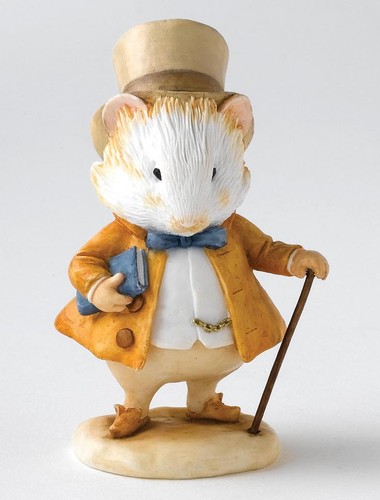The History of Guinea Pigs
History is my other main interest so, consider this a page under development ! I have made a start with help from wikipaedia !!
In the beginning...
The common guinea pig was first domesticated as early as 5000 BC for food by tribes in the Andes region of South America (present-day the southern part of Colombia, Ecuador, Peru, and Bolivia),some thousands of years after the domestication of the South American camelids.
Statue`s dating from ca. 500 BC to 500 AD that depict guinea pigs have been unearthed in archaeological digs in Peru and Ecuador.The Moche people of ancient Peru worshipped animals and often depicted the guinea pig in their art. From ca. 1200 AD to the Spanish conquest in 1532, selective breeding resulted in many varieties of domestic guinea pigs, which form the basis for some of the modern domestic breeds.They continue to be a food source in the region; many households in the Andean highlands raise the animal, which subsists off the family's vegetable scraps.Folklore traditions involving guinea pigs are numerous; they are exchanged as gifts, used in customary social and religious ceremonies, and frequently referenced in spoken metaphors. They also play a role in traditional healing rituals by folk doctors, or curanderos, who use the animals to diagnose diseases such as jaundice, rheumatism, arthritis, and typhus.They are rubbed against the bodies of the sick, and are seen as a supernatural medium.Black guinea pigs are considered especially useful for diagnoses.The animal also may be cut open and its entrails examined to determine whether the cure was effective.These methods are widely accepted in many parts of the Andes, where Western medicine is either unavailable or distrusted.
Spanish, Dutch, and English traders brought guinea pigs to Europe, where they quickly became popular as exotic pets among the upper classes and royalty, including Queen Elizabeth I.
The earliest known written account of the guinea pig dates from 1547, in a description of the animal from Santo Domingo; because cavies are not native to Hispaniola, it was earlier believed that the animal was likely introduced there by Spanish travelers.However, based on more recent excavations on West Indian islands, it has become known that the animal must have been introduced by ceramic-making horticulturalists from South America to the Caribbean around 500 BC,and it was present in the Ostionoid period, for example, on Puerto Rico,long before the advent of the Spaniards. The guinea pig was first described in the West in 1554 by the Swiss naturalistConrad Gessner
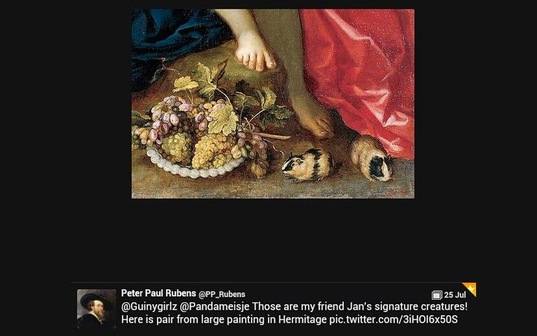
Guinea Pigs are also known as "Cavies" from the latin "Cavia Porcellus" meaning little pig. This is the title generally used by academics and veterinarian publications.

Imagine 16th century explorers arriving in south america and coming across Guinea Pigs, i am sure they would have been fascinated by their vocal language.Its certain they were introduced as food and the concept of pets by local tribal indians. They would have been very useful on long journeys back home and souvenirs for wealthy elizabethans who had invested in these sea faring adventures.
The rich and wealthy would have been captivated by these beautiful exotic little creatures and there is evidence of domestication by our tudor ancestors.
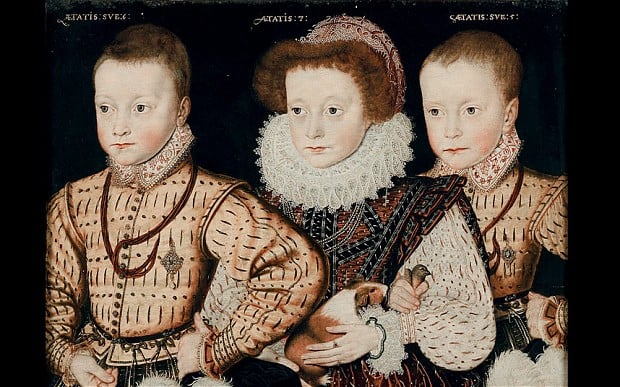
An article by " The Telegraph" featured a recently discovered portrait,which has opened facet of interest in our tudor ancestors.
It features 3 wealthy Elizabethan children posing with their pets. In a time of high morbidity it was fashionable to have portraits done of your children to ensure their memory lived on. This is an amazing glimpse into the past and confirms the Guinea Pigs arrival in Great Britain and the start of their journey to become one of the nations favourite pets.
The portrait will shortly be featured in an exhibition at the National Portrait Gallery.
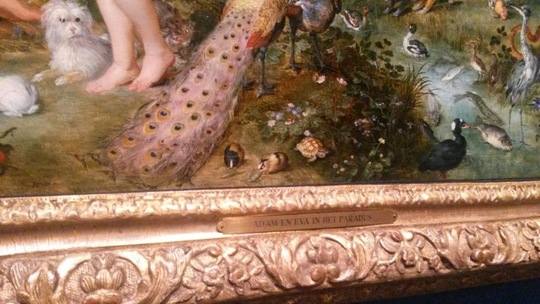
Spot the piggy by this dutch master !!!
There are several thoughts on the origin of the term Guinea Pig.It is possible they may have been sold for a "guinea" hence the name and the pig, well from their lovely squeaks and appetite !! However this has been disputed due to the fact the the introduction of Guinea Pigs preceeded the guinea currency.Trade routes at that time also involved stop overs at various ports, and guinea in Africa may well have played a part in their distribution to europe.A Guinea Pig skeleton has been discovered in an Elizabethan mansion in Surrey dating from the 16th century.
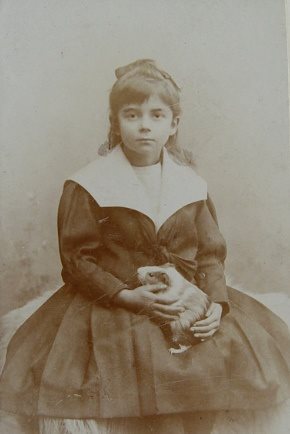
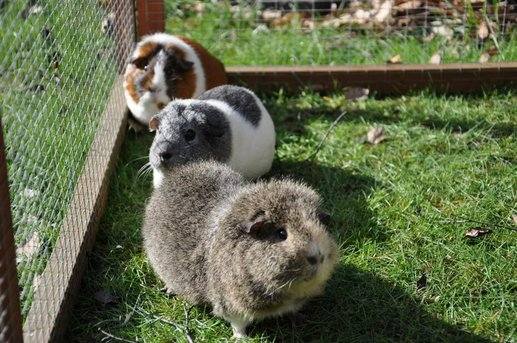
Just adore this Victorian photograph of this little girl with her pet Guinea Pig.
Coming soon Beatrix Potter and her love for Guinea Pigs .................
